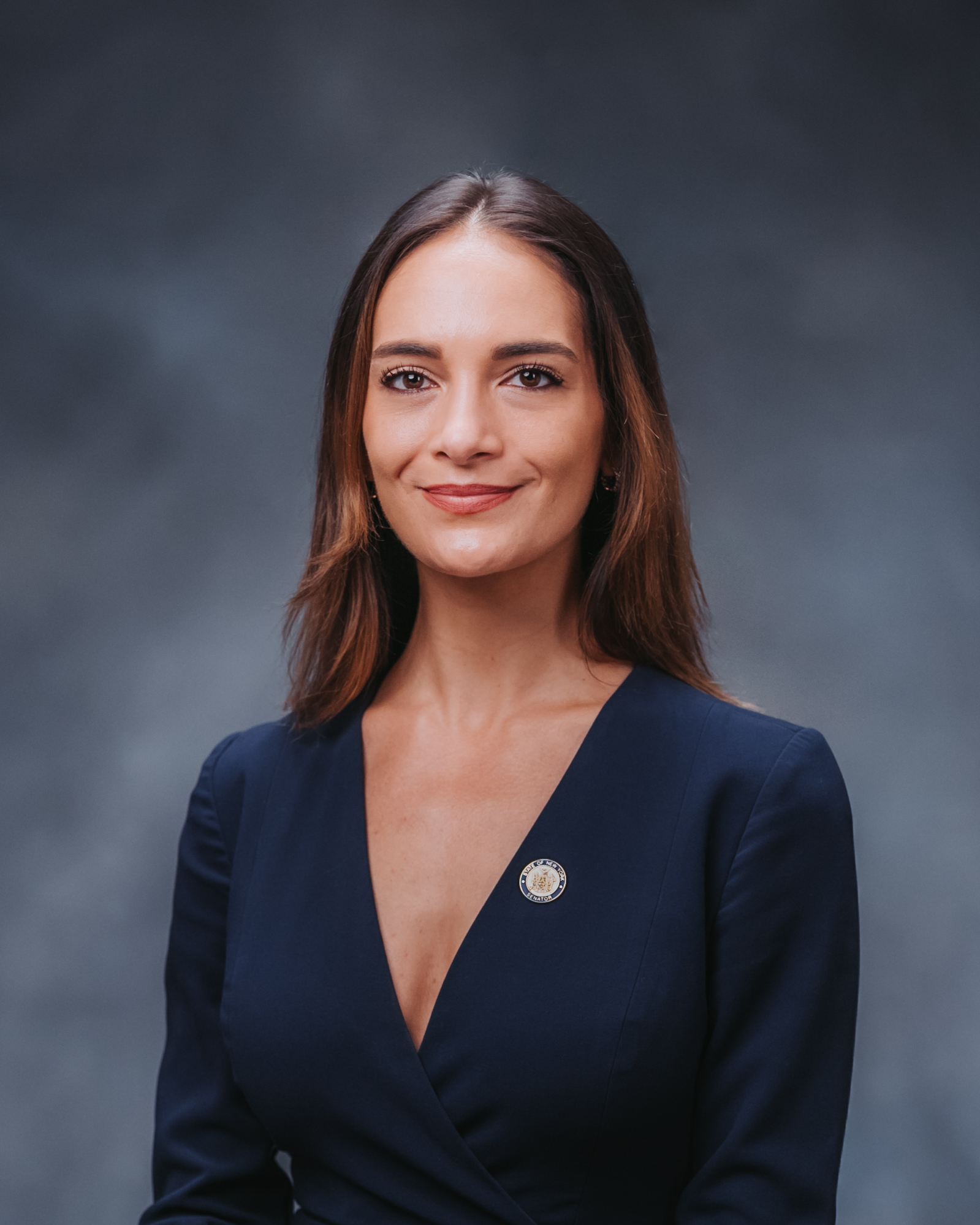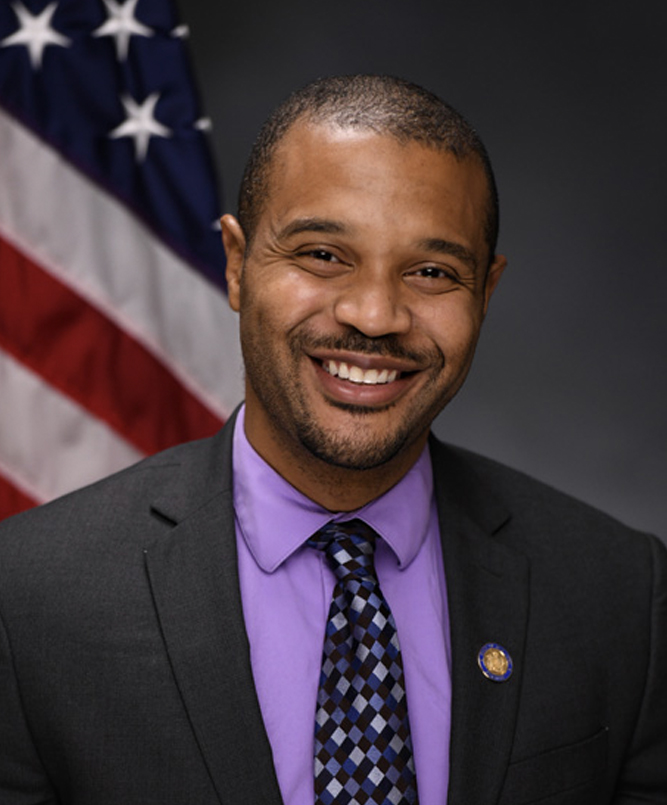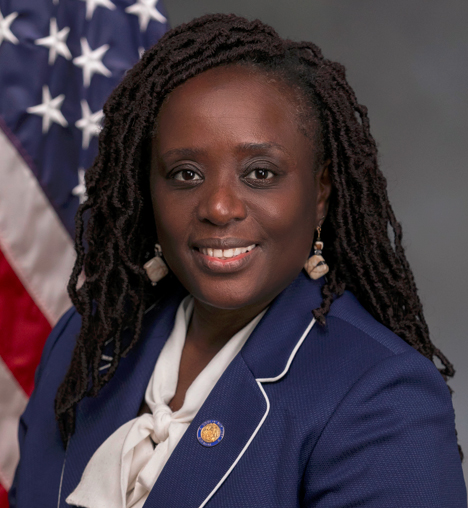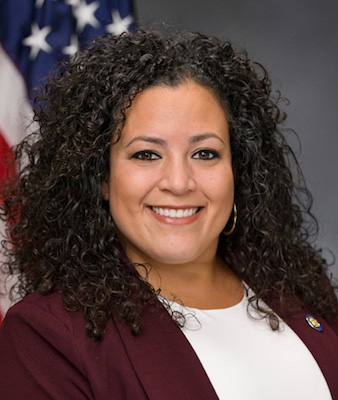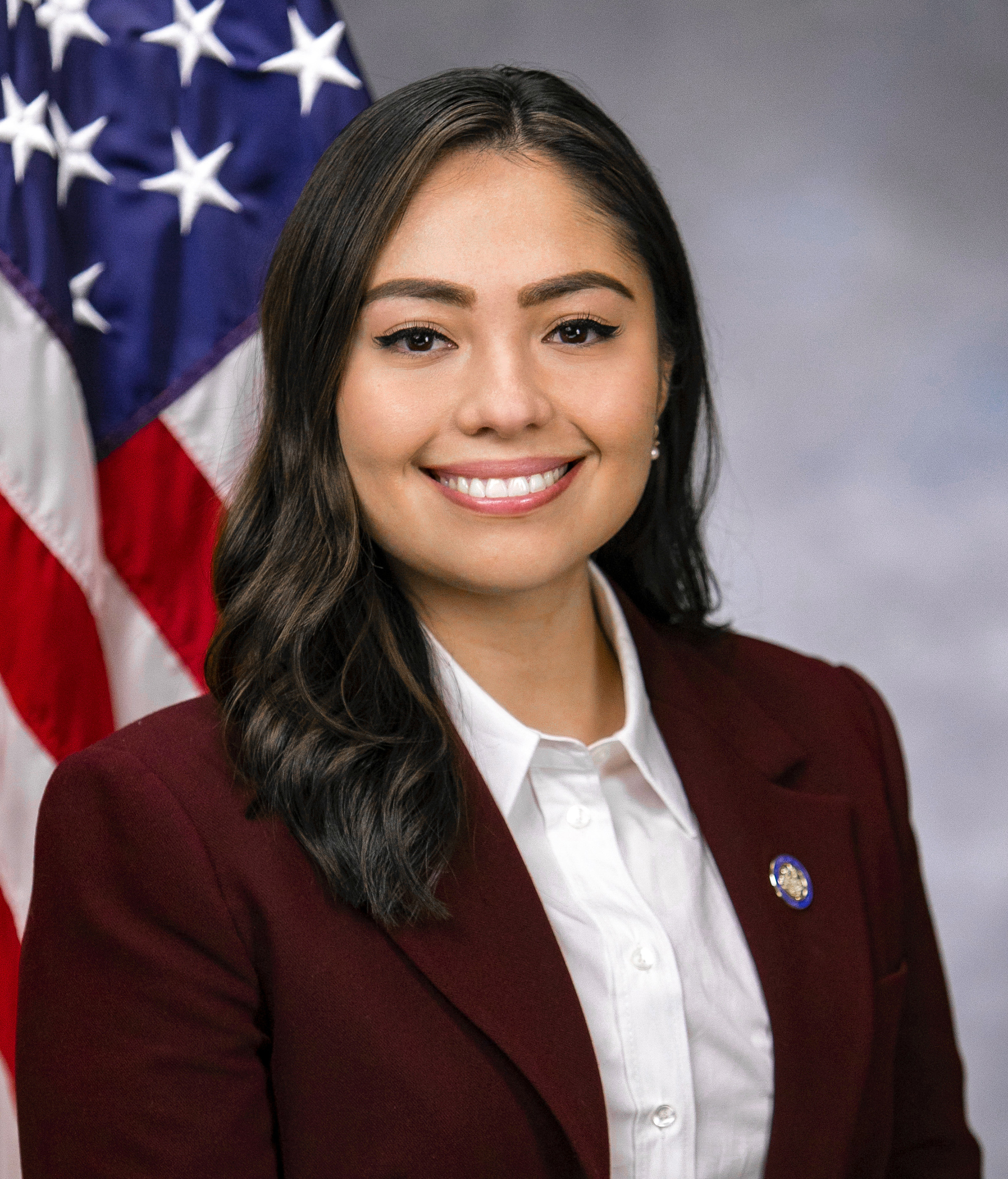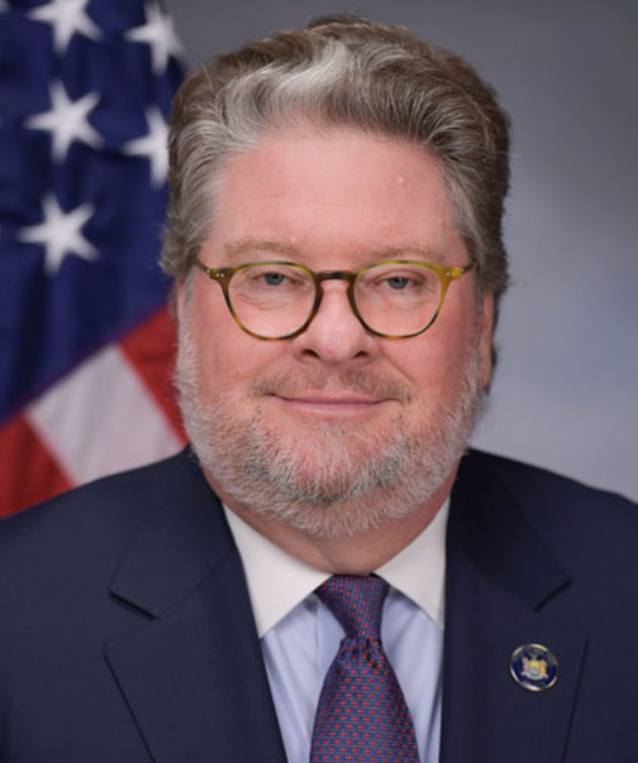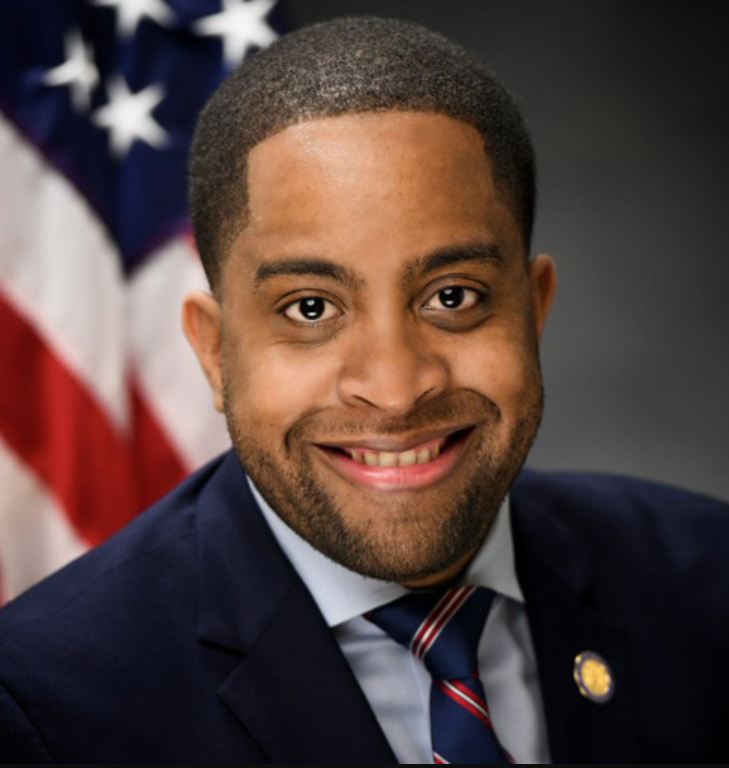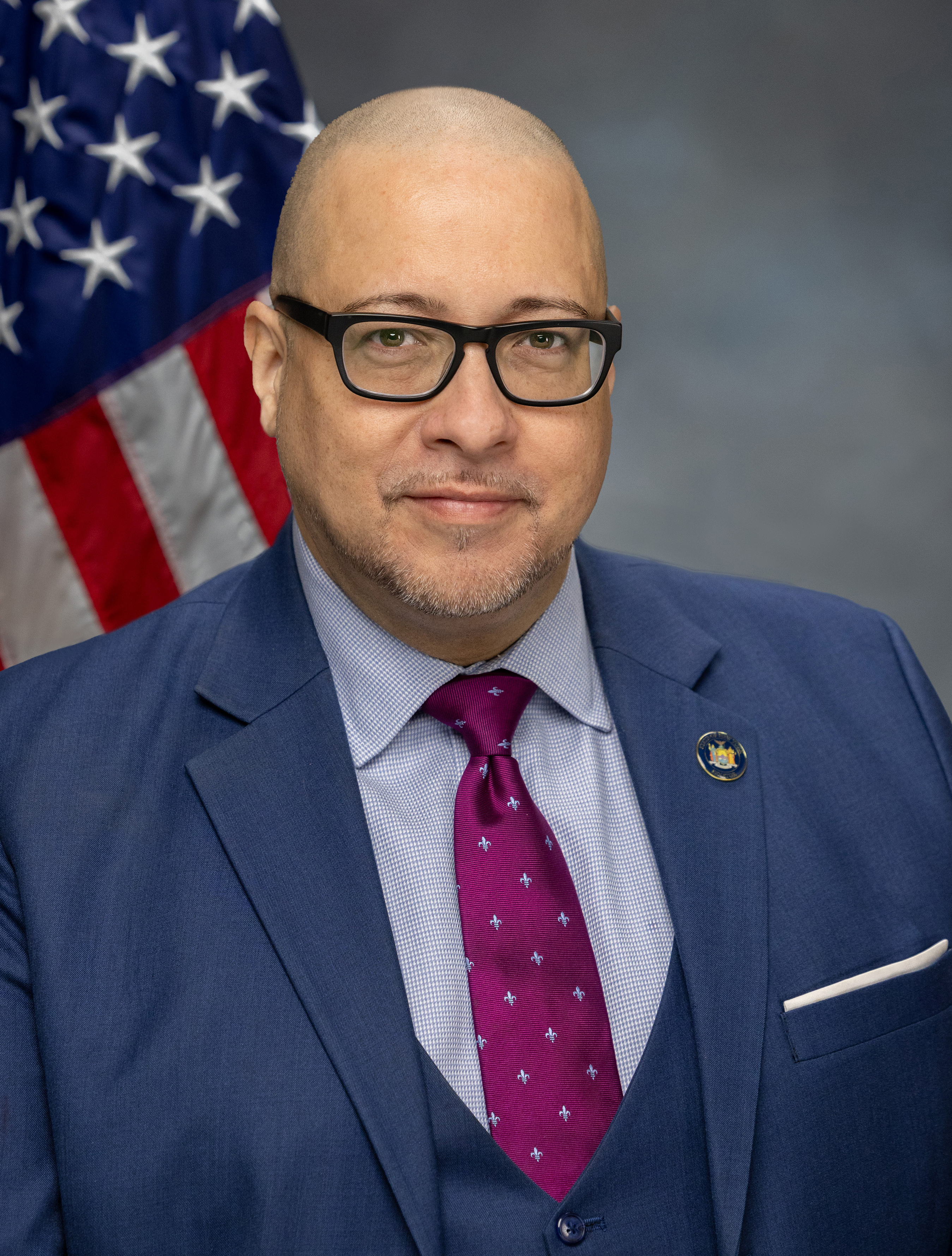S T A T E O F N E W Y O R K
________________________________________________________________________
651
2025-2026 Regular Sessions
I N S E N A T E
(PREFILED)
January 8, 2025
___________
Introduced by Sens. SALAZAR, BRISPORT, CLEARE, FERNANDEZ, KRUEGER,
MYRIE, RIVERA, SEPULVEDA -- read twice and ordered printed, and when
printed to be committed to the Committee on Crime Victims, Crime and
Correction
AN ACT to amend the correction law, in relation to correctional facility
visits by the correctional association
THE PEOPLE OF THE STATE OF NEW YORK, REPRESENTED IN SENATE AND ASSEM-
BLY, DO ENACT AS FOLLOWS:
Section 1. Legislative findings. Founded in 1844 by concerned citi-
zens of the state and deputized by the state to provide independent
monitoring and oversight of the state's prisons in 1846, the Correction-
al Association of New York is one of the first organizations in the
country created to administer civilian oversight of prisons to ensure
greater transparency of correctional institutions in the state. The
Correctional Association of New York's on-site access to the state's
prisons and to information on state prisons is critical for the organ-
ization to provide insight into the policies and procedures of the
state's prisons through its monitoring and reporting on prison condi-
tions, policies, and procedures for the executive, legislature, and
public, playing an important role in informing debates on correctional
reform and incarcerated individuals' rights.
§ 2. Subdivision 3 of section 146 of the correction law, as amended by
chapter 32 of the laws of 2021, paragraph b of subdivision 3 as amended
by chapter 486 of the laws of 2022, is amended to read as follows:
3. a. Notwithstanding any other provision of law to the contrary, the
correctional association shall be permitted to access, visit, inspect,
and examine all state correctional facilities [with seventy-two hours
advance notice to the department]. Up to twelve people may comprise the
visiting party[; provided, however, that only four people from the party
may enter a special housing facility or unit at the same time]. Prior
EXPLANATION--Matter in ITALICS (underscored) is new; matter in brackets
[ ] is old law to be omitted.
LBD00543-01-5
S. 651 2
to the visitation authorized pursuant to this subdivision, the correc-
tional association shall provide to the department on, at least, an
annual basis a list of people who will be visiting the facility or
facilities, including names, dates of birth, driver's license numbers
and their designation as an employee, board member, or designee in order
for the department to perform prompt background checks. The department
may NOT place restrictions on such visits and inspections, INCLUDING
DURING PERIODS when a facility is locked down or experiencing a facility
wide emergency. [In addition] HOWEVER, the department may restrict
access to a portion of a facility in an emergency situation for the
duration of the emergency. For the purpose of this subdivision, an emer-
gency shall be determined by the commissioner or [his or her] THE
COMMISSIONER'S designee and defined as a significant risk to the safety
or security of the facility, or the health, safety or security of staff
or incarcerated individuals, or an event that significantly compromises
the operations of the facility.
b. Upon twenty-four hours advance notice, at the commencement AND
CONCLUSION of any visits to, or inspections and examinations of, state
correctional facilities, the superintendent and executive team, [to the
extent practicable] UPON REQUEST BY THE CORRECTIONAL ASSOCIATION, shall
meet with the correctional association. Upon twenty-four hours advance
notice, [the] PRIVATELY WITHOUT REPRESENTATIVES OF THE CENTRAL OFFICE
PRESENT, REPRESENTATIVES OF THE OFFICE OF MENTAL HEALTH AND ANY OTHER
ENTITIES OR AGENCIES PROVIDING SERVICES IN A FACILITY SHALL MEET WITH
THE CORRECTIONAL ASSOCIATION UPON REQUEST DURING THE COURSE OF ANY
VISIT. THE correctional association may meet privately with the incar-
cerated individual liaison committee and representatives of the incar-
cerated individual grievance resolution committee or any other organiza-
tion of incarcerated individuals recognized by the department.
c. [During the course of any such visit, inspection or examination,
upon consent of the person being interviewed, the] THE correctional
association shall have the power to interview and converse publicly or
confidentially with any correctional employee or ADMINISTRATOR, any
incarcerated individual, AND ANY OTHER PERSON PROVIDING, SUPERVISING, OR
MONITORING SERVICES IN A CORRECTIONAL FACILITY, WHETHER OR NOT EMPLOYED
BY SUCH FACILITY. Such interviews shall not be restricted by the depart-
ment OR THE OFFICE OF MENTAL HEALTH OR ANY OTHER AGENCY or attended by
anyone on behalf of the department OR THE OFFICE OF MENTAL HEALTH OR ANY
OTHER AGENCY, nor shall there be any retaliation or adverse action taken
by the department or other state agency against [any incarcerated indi-
vidual] ANYONE who [agrees to speak] SPEAKS with the correctional asso-
ciation. The department may not limit the number of individuals the
correctional association may interview or the duration of the inter-
views[, in any manner unreasonable under the circumstances]. The
correctional association shall have the power to conduct private, confi-
dential meetings [reasonable in number under the circumstances] AT THEIR
PLEASURE AND WITHOUT NOTICE TO THE DEPARTMENT with incarcerated people
in housing units and in attorney visiting rooms or other rooms in the
facility in which their conversations will remain confidential. No
department employee may attend or listen to any such meeting without the
consent of the correctional association.
d. THE CORRECTIONAL ASSOCIATION MAY REQUEST AND RECEIVE FROM THE
DEPARTMENT INFORMATION AND DATA AS WILL ENABLE THE CORRECTIONAL ASSOCI-
ATION TO CARRY OUT ITS FUNCTIONS, POWERS AND DUTIES.
(I) THE CORRECTIONAL ASSOCIATION SHALL HAVE ACCESS TO THE FOLLOWING
INFORMATION AND RECORDS ON A QUARTERLY BASIS:
S. 651 3
(A) INDIVIDUALS ADMITTED INTO CUSTODY, WHICH SHALL CONTAIN, AT MINI-
MUM, INDIVIDUAL-LEVEL RECORDS OF ALL INDIVIDUALS ADMITTED TO CUSTODY,
INCLUDING THE INDIVIDUAL'S DEPARTMENTAL ID, DEMOGRAPHIC INFORMATION,
ADMISSION TYPE, RECEPTION FACILITY NAME AND HOUSING UNIT, RECEPTION
DATE, SENTENCING, AND CRIME INFORMATION;
(B) INDIVIDUALS UNDER CUSTODY, WHICH SHALL CONTAIN, AT MINIMUM, INDI-
VIDUAL-LEVEL RECORDS OF ALL INDIVIDUALS PRESENTLY UNDER CUSTODY, INCLUD-
ING THE INDIVIDUAL'S DEPARTMENTAL ID, DEMOGRAPHIC INFORMATION, CURRENT
FACILITY NAME AND HOUSING UNIT, DATE OF ORIGINAL AND LATEST RECEPTION AT
THE FACILITY, OUT COUNTS, SENTENCING AND CRIME INFORMATION, AND PAROLE
ELIGIBILITY AND RELEVANT DATES;
(C) INDIVIDUALS RELEASED FROM CUSTODY, WHICH SHALL CONTAIN, AT MINI-
MUM, INDIVIDUAL-LEVEL RECORDS OF ALL INDIVIDUALS RELEASED FROM CUSTODY,
INCLUDING THE INDIVIDUAL'S DEPARTMENTAL ID, DEMOGRAPHIC INFORMATION,
RELEASING FACILITY NAME AND HOUSING UNIT, RELEASE DATE, RELEASE COUNTY,
SENTENCING AND CRIME INFORMATION, AND PAROLE ELIGIBILITY AND RELEVANT
DATES;
(D) INDIVIDUALS ON PAROLE, WHICH SHALL CONTAIN, AT MINIMUM, INDIVIDU-
AL-LEVEL RECORDS OF ALL INDIVIDUALS ON PAROLE, INCLUDING THE INDIVID-
UAL'S DEPARTMENTAL ID, DEMOGRAPHIC INFORMATION, DISCHARGING FACILITY
NAME AND HOUSING UNIT, START AND RELEASE DATE, SENTENCING AND CRIME
INFORMATION, CUSTODY STATUS, AND VOTING PARDON STATUS;
(E) PROGRAMMING, EDUCATION, VOCATIONAL, AND WORK ASSIGNMENT REQUIRE-
MENTS, ENROLLMENT, AND FULFILLMENT, WHICH SHALL CONTAIN, AT MINIMUM,
INDIVIDUAL-LEVEL RECORDS OF ALL INDIVIDUALS UNDER CUSTODY, INCLUDING THE
INDIVIDUAL'S DEPARTMENTAL ID, FIELDS INDICATING THE REQUIREMENTS OF
THEIR SENTENCE, AND INDICATORS OF WHETHER THE INDIVIDUAL IS NOT
ENROLLED, IS ON THE WAITLIST, OR HAS ALREADY COMPLETED ANY SUCH REQUIRE-
MENT;
(F) DEPARTMENTAL STAFFING LEVELS, WHICH SHALL CONTAIN, AT MINIMUM,
FACILITY-LEVEL RECORDS OF BUDGETED FILL LEVEL, RECOMMENDED STAFFING
LEVEL, AND ACTUAL FILLED ITEMS SPLIT BY JOB CATEGORY, INCLUDING DATA ON
STAFF ON LONG-TERM LEAVE, WORKERS COMPENSATION LEAVE, AND ON THE AVERAGE
OF DAILY CLOSED POSTS FOR EACH QUARTER;
(G) DEATHS, WHICH SHALL CONTAIN, AT MINIMUM, INDIVIDUAL-LEVEL RECORDS
OF ALL INDIVIDUALS WHO DIED WHILE UNDER CUSTODY, INCLUDING THE INDIVID-
UAL'S DEPARTMENTAL ID, DATE AND TIME OF DEATH, DATE OF REPORT, DEMO-
GRAPHIC INFORMATION, FACILITY NAME AND HOUSING UNIT AT TIME OF DEATH,
LOCATION OF TERMINAL INCIDENT, REPORTED IMMEDIATE CAUSE OF DEATH, AND AN
INDICATOR OF WHETHER AN AUTOPSY WAS PERFORMED;
(H) UNUSUAL INCIDENTS, WHICH SHALL CONTAIN, AT MINIMUM, REPORT-LEVEL
INFORMATION FOR ALL UNUSUAL INCIDENTS, AS DEFINED BY THE DEPARTMENT AT
THE CURRENT TIME, INCLUDING THE INCIDENT CODE, THE NAME AND CODE OF THE
FACILITY WHERE THE INCIDENT TOOK PLACE, THE DATE AND TIME OF THE INCI-
DENT, THE LOCATION WITHIN THE FACILITY, THE NAME AND CODE OF THE CATEGO-
RIES AND SUBCATEGORIES INDICATED IN THE REPORT, THE ROLES OF ALL INDI-
VIDUALS INVOLVED IN THE REPORT (INCLUDING INCARCERATED AND
NONINCARCERATED INDIVIDUALS), THE WEAPONS USED BY EACH INDIVIDUAL, THE
TYPE OF FORCE APPLIED BY DEPARTMENT STAFF ON EACH INDIVIDUAL, IF APPLI-
CABLE, AND THE DEGREE OF INJURY TO STAFF AND INCARCERATED INDIVIDUALS;
(I) DISCIPLINARY CHARGES AND PENALTIES, WHICH SHALL CONTAIN, AT MINI-
MUM, CHARGE-LEVEL INFORMATION FOR ALL DISCIPLINARY INCIDENTS, INCLUDING:
THE INCARCERATED INDIVIDUAL'S DEPARTMENTAL ID AND FACILITY NAME; THE
LOCATION, DATE, AND TIME OF THE INCIDENT; THE TIER, CODE, AND
DESCRIPTION OF EACH CHARGE; THE DATE OF THE HEARING; AND THE OUTCOME AND
PENALTY ASSOCIATED WITH EACH CHARGE;
S. 651 4
(J) GRIEVANCES AND APPEALS, WHICH SHALL CONTAIN, AT MINIMUM, GRIEV-
ANCE-LEVEL INFORMATION FOR ALL GRIEVANCES FILED WITH THE DEPARTMENT,
INCLUDING THOSE RESOLVED INFORMALLY, INCLUDING: THE INCARCERATED INDI-
VIDUAL'S DEPARTMENTAL ID; ID, DATE FILED, CATEGORY, TYPE, AND FACILITY
OF THE GRIEVANCE; AND THE OUTCOMES AND OUTCOME DATES FOR ALL REVIEWS,
INCLUDING THOSE BY THE INCARCERATED GRIEVANCE RESOLUTION COMMITTEE,
SUPERINTENDENT, AND CENTRAL OFFICE REVIEW COMMITTEE;
(K) DEPARTMENT EMPLOYEE DISCIPLINARY RECORDS, WHICH SHALL CONTAIN, AT
MINIMUM, INCIDENT-LEVEL INFORMATION FOR ALL EMPLOYEE DISCIPLINE ISSUED
BY THE DEPARTMENT, INCLUDING THE INCIDENT FACILITY, DATE, POSITION OF
THE RELEVANT EMPLOYEE, A BRIEF DESCRIPTION OF THE INCIDENT, AND THE
RESULTING PENALTY; AND
(L) PAROLE ELIGIBILITY AND HEARING OUTCOMES, WHICH SHALL CONTAIN, AT
MINIMUM, INDIVIDUAL-LEVEL RECORDS FOR ALL INCARCERATED INDIVIDUALS
CURRENTLY UNDER CUSTODY, INCLUDING THE INCARCERATED INDIVIDUAL'S DEPART-
MENTAL ID, PAROLE ELIGIBILITY DATE, TYPE AND DATE OF INTERVIEW, AND DATE
AND OUTCOME OF INTERVIEW.
(II) THE CORRECTIONAL ASSOCIATION SHALL HAVE ACCESS TO THE ANNUAL
BUDGET OF CORRECTIONAL FACILITIES AND RECORDS ON A YEARLY BASIS. SUCH
RECORDS SHALL CONTAIN FACILITY AND SPENDING CATEGORY-LEVEL INFORMATION
OF THE DEPARTMENTAL BUDGET FOR THE YEAR.
E. The correctional association shall periodically[, but not less than
every five years,] conduct inspections of each state correctional facil-
ity, PRIORITIZED BASED ON THE CORRECTIONAL ASSOCIATION'S ASSESSMENT OF
SYSTEMIC ISSUES, and [shall] issue reports and recommendations to the
governor, the legislature and the public about the conditions and issues
at [each such facility] CORRECTIONAL FACILITIES. When preparing such
formal reports and recommendations, the correctional association shall
submit a tentative copy of such report and recommendations to the
commissioner. The commissioner [may] SHALL submit a written response to
such tentative report within [sixty] THIRTY days of the receipt thereof,
INCLUDING A PLAN OF ACTION FOR ADDRESSING THE FINDINGS AND RECOMMENDA-
TIONS. When the correctional association thereafter submits its final
report and recommendations, it shall contain a complete copy of the
response, if any, submitted to the tentative report and recommendations.
[e.] F. The correctional association may send, AND DISTRIBUTE DURING
PRISON VISITS, CONFIDENTIAL WRITTEN AND ELECTRONIC surveys or question-
naires to people in custody OR EMPLOYEES concerning conditions of
confinement, WORKING CONDITIONS, or other subjects within the scope of
their mission without prior approval of the department. PEOPLE INCAR-
CERATED SHALL BE PERMITTED TO CONFIDENTIALLY COMPLETE AND RETURN TO THE
CORRECTIONAL ASSOCIATION SUCH SURVEYS EITHER IN WRITTEN FORMAT OR ELEC-
TRONICALLY. The correctional association may also receive FREE CONFIDEN-
TIAL phone calls AND EMAILS from incarcerated individuals and/or set up
a CONFIDENTIAL hotline for individuals to use if they choose to contact
them. PHYSICAL MAIL RECEIVED AND SENT TO THE CORRECTIONAL ASSOCIATION IS
DEFINED AS PRIVILEGED CORRESPONDENCE, AND ANY AND ALL PROCESSING
CONTROLS, ALLOWANCES FOR LIMITED FREE POSTAGE, AND ADVANCES OF INCARCER-
ATED INDIVIDUAL FUNDS FOR POSTAGE SHALL APPLY TO PRIVILEGED CORRESPOND-
ENCE RECEIVED AND SENT TO THE CORRECTIONAL ASSOCIATION. FOR THE PURPOSES
OF THIS SECTION, IDENTICAL INCOMING BLANK SURVEYS AND QUESTIONNAIRES
SHALL NOT BE DEFINED AS PRIVILEGED CORRESPONDENCE.
[f.] G. The ACCESS, VISITS, AND inspection of state correctional
facilities by the correctional association pursuant to this subdivision
shall be undertaken solely in furtherance of the correctional associ-
ation's lawful powers, duties and obligations, and information obtained
S. 651 5
pursuant to these powers shall be used solely in furtherance of the
correctional association's mission. Employees, board members and desig-
nees shall be required to sign [a waiver] AN ACKNOWLEDGEMENT OF THE
FOREGOING as a condition of entry into a correctional facility pursuant
to this subdivision.
§ 3. This act shall take effect immediately.
